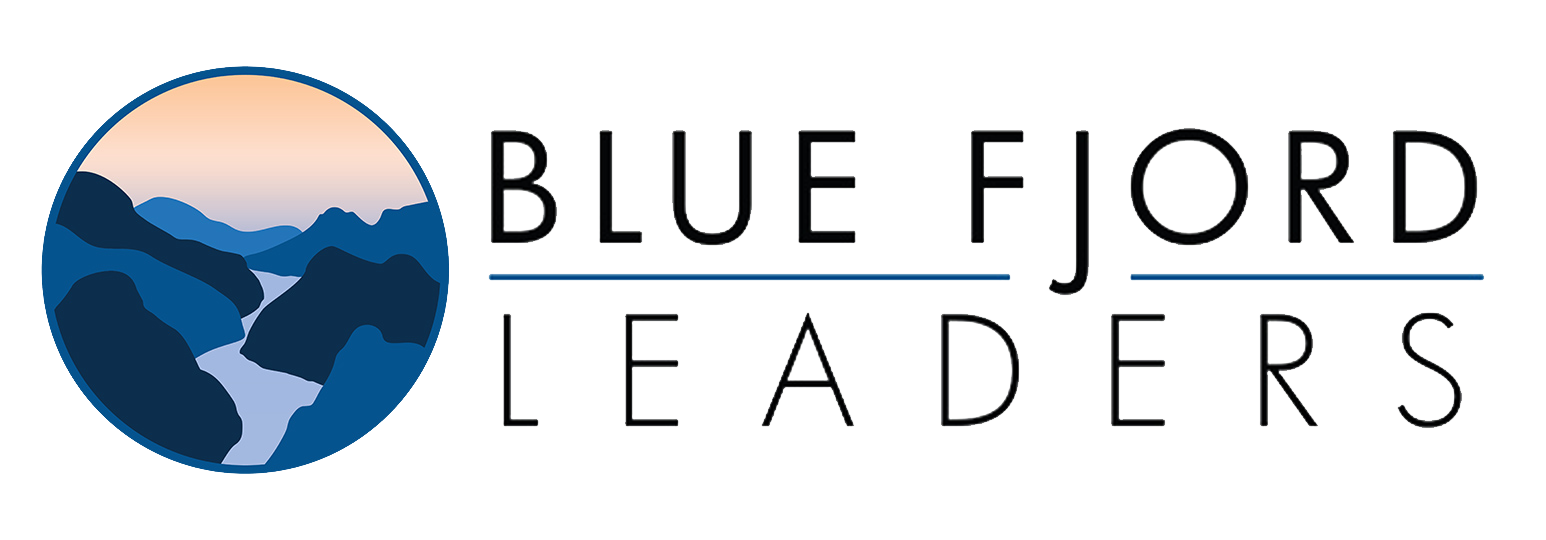
It was hot…really, hot. In front of us was a large SUV with the back open, waiting expectantly. Behind us were boxes, a chair (really, a chaise lounge), a table and an assortment of odds and ends anticipating the ride from Texas to Annapolis inside the SUV. Our challenge was to get all of it inside the truck so that the items would not shift and we would still be friends when it was all said and done. It was at that time we wished we had something like the https://www.peragon.com/shop/covers/Dodge/Ram%201500 covered trucks, to get more space in.
It went smoothly and efficiently. Together we found a way to fit in all the stuff, and we were both amazed at how well our collaboration went. Here’s what I learned.
Discuss the objective in advance. Without realizing its importance, we stood in the garage next to the pile of stuff and talked about our objective. We clarified the key items to pack in case we ran out of space and any items that needed to be retrieved on the way. Only when we were clear were the first items shoved into the truck.
It’s that way with any collaborative project. Clear understanding of the objective is essential. Yet, too often we zip past that step because we assume that everyone understands. We might as well believe in mindreading. But the others on the project don’t understand and can’t read minds. Clear communication is one of the most difficult parts of any collaborative effort. Take the time to discuss the project’s objectives and keep discussing them until everyone is clear. It will make the rest of the work go more smoothly.
Use and respect each other’s skills. As the packing proceeded, it became clear that the original plan wouldn’t work. The chair didn’t fit in the slot we’d left. We’d need another approach. He has years of experience with logistics around trucks, boats, road trips and business. I see items as volumes. Together we had the skills we needed if we could capitalize on them. It’s all about mutual respect and trust. I trusted his experience and he respected mine. It was our ability to use the diversity of skills that made the difference.
What skills are on your team? Do you know? Take the time to learn the skill sets of those with whom you collaborate. And, then, use them. Too often we don’t think of skills like organization, brainstorming, listening as skills but they are. For example, who is the innovator in your group and are you using that skill? Who is that logical person who can dissect a problem with no effort? Who is the person on the team that everyone wants to work with? Put all of the skills to work and that’s when collaboration is at its best.
Take advantage of common values. If you know that the team shares a common value system, take advantage of it. In our case, we quickly realized that we both share a passion for efficiency (I know. It’s lame but it worked!). That became our mantra. If we load the truck this way, it will be more efficient to unload. If we leave this space for luggage, it will be more efficient to get out the items we need while traveling. Without realizing it, we capitalized on a common value system and it aided in collaboration.
Are there team norms that provide a platform for collaboration? Maybe your group also cares about efficiency. Maybe having fun along the way is critical. Perhaps mutual support makes people on the team feel good. Whatever it is for you and your group, take advantage of it as you manage the project. Reinforce efficiencies; plan for fun moments; ensure there are plenty of pats on the back as the project unfolds. Whatever your common value system, find it and use it to enhance collaboration.
Discuss midcourse corrections along the way. The chair simply would not fit. We turned it backward, frontwards, upside down and sideways. Ultimately, boxes had to be rearranged to make room. As our packing project unfolded, we would not have been successful without lots of discussion and willingness to try alternative approaches. Throughout the trial and error phase, we talked and debated options. That dialog is what made the project work and achieve its objective.
How about your project? Sometimes we hold too tightly to our original plan and can’t see or discuss better options that emerge along the way. Yes, we need a plan and we must prepare to listen to others and adjust the plan. Throughout your project, are you constantly evaluating direction and progress? Are you open to hearing new approaches even when underway? Collaboration is a continual process that doesn’t stop when the plan is created.
The truck was packed and it arrived safely in Maryland. Our collaboration achieved the objective. What about yours? Try these tips with your next project. Hopefully, it will be easier than packing a truck!
Copyright: anskuw / 123RF Stock Photo





0 Comments